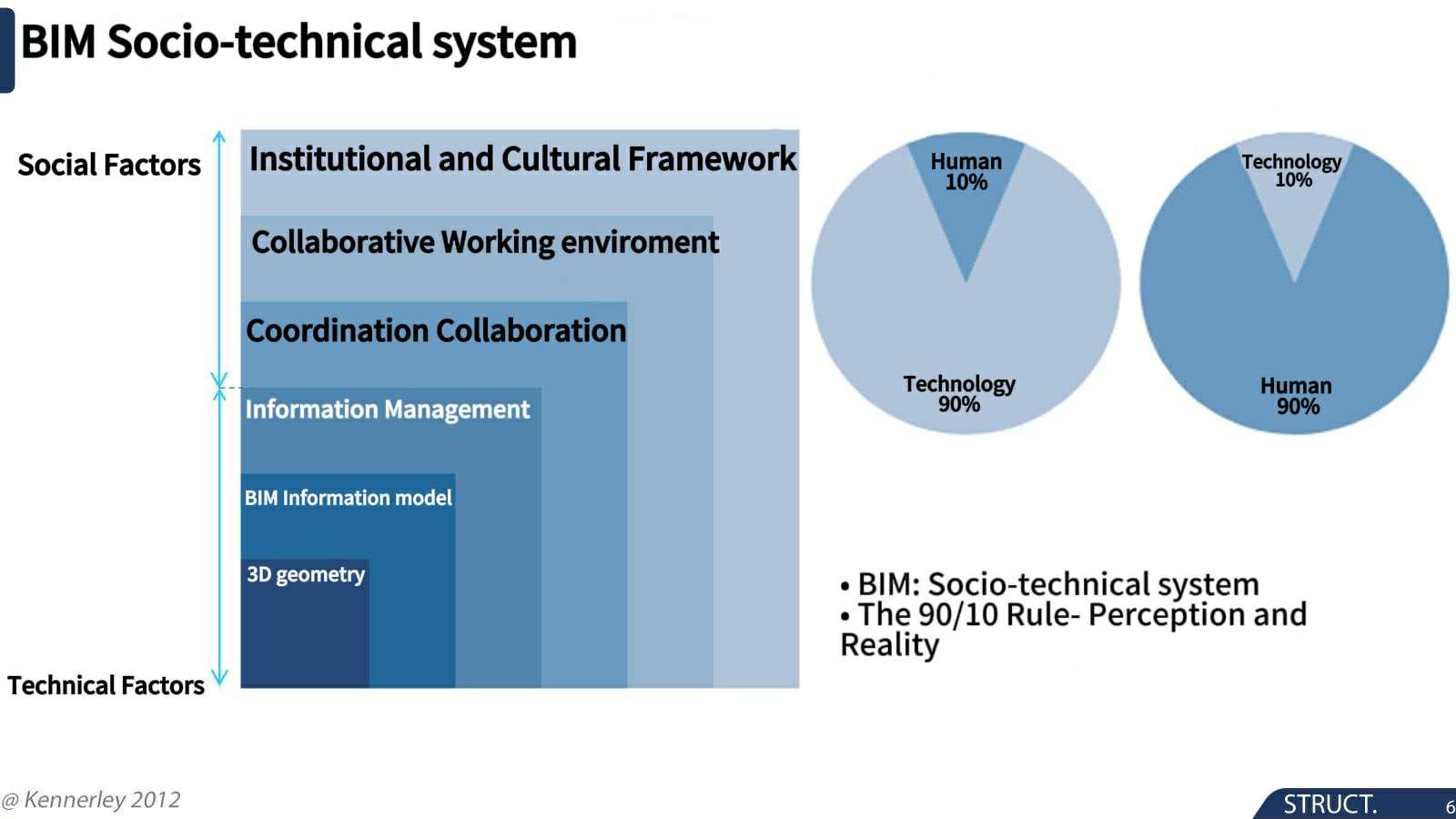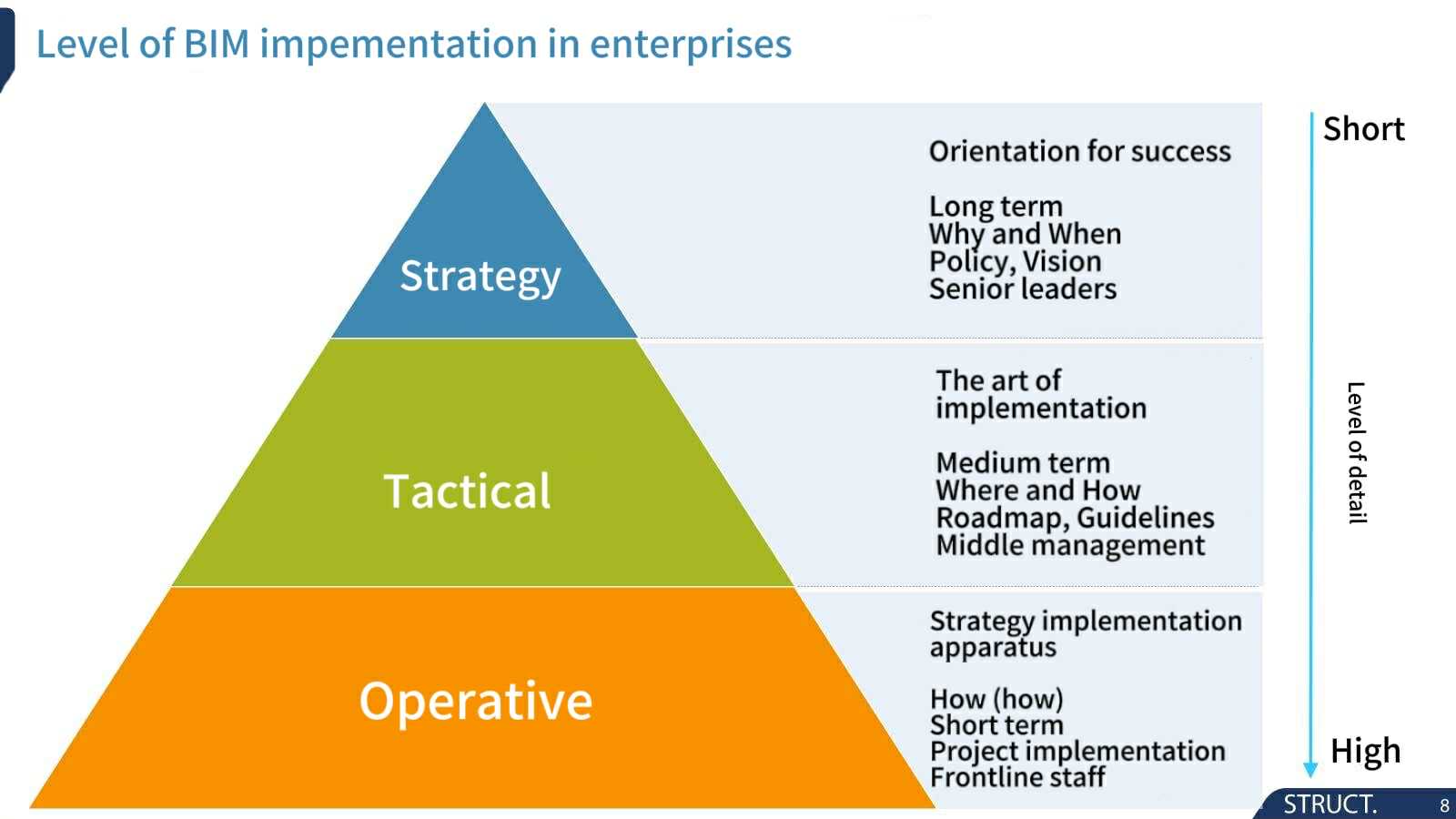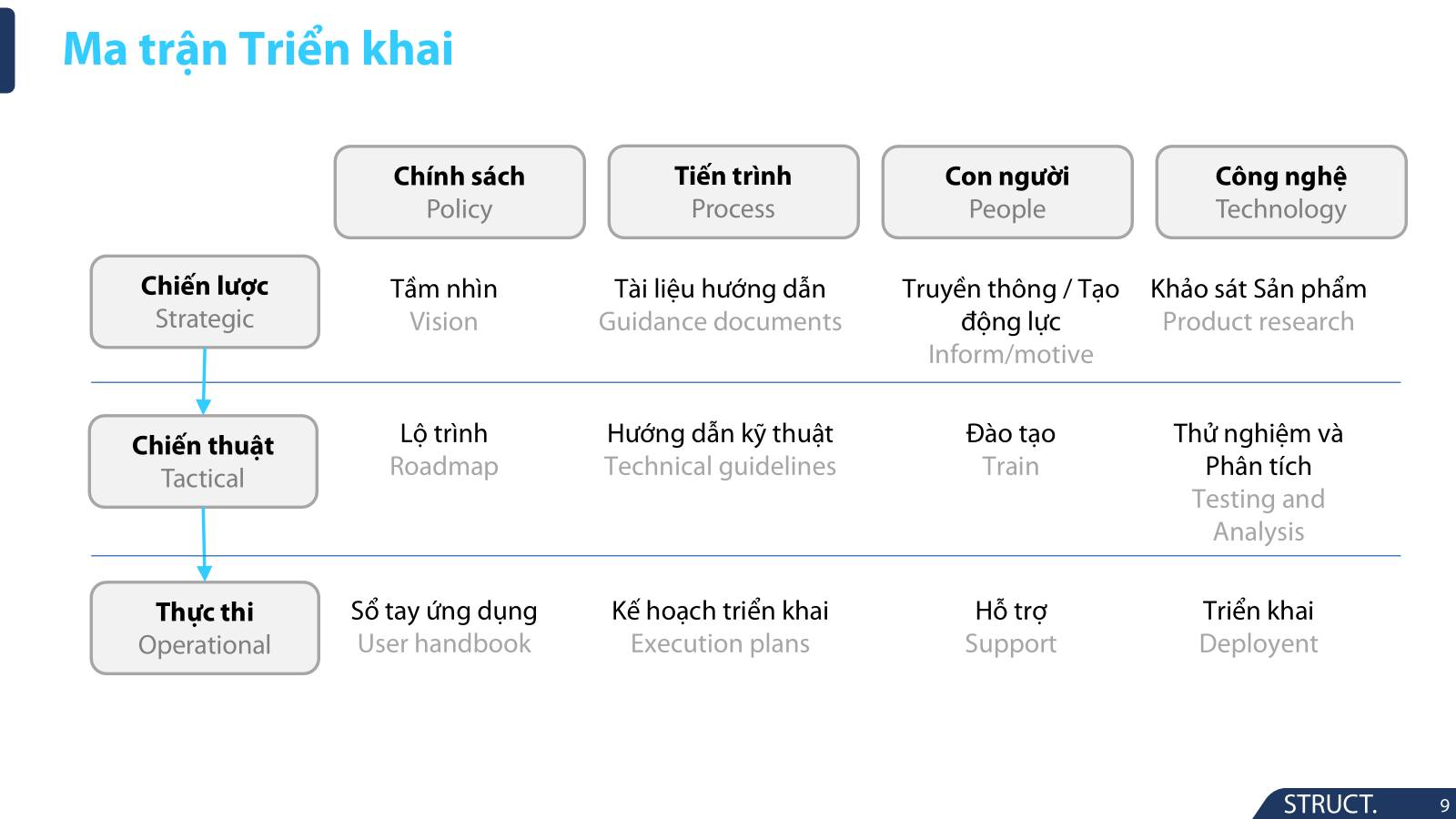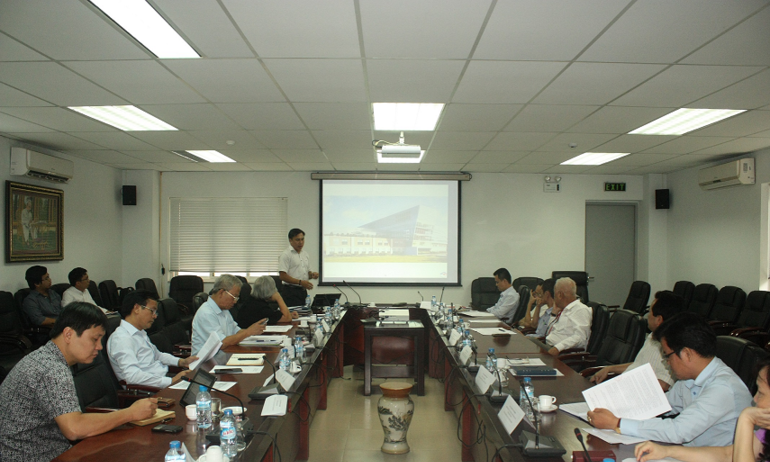In the context of an increasingly essential digital transformation, implementing BIM is not merely about adopting new technology but also about comprehensively changing how an enterprise is organized and operated. The success of BIM largely depends on the coordination between people, policies, technology, and workflows. This article will help you better understand the key factors and an effective BIM implementation model at the enterprise level.
1. The Socio-Technical System in Enterprise BIM
When implementing BIM at the enterprise level, attention must be paid not only to the technical aspects but also to the social factors. Successful BIM adoption requires changes in coordination processes, work culture, and collaborative spirit within the organization.
For those responsible for BIM management at the enterprise level, the focus should not be limited to software like Revit but should expand to emphasize people and culture. These factors determine up to 90% of the success in BIM implementation, while technology accounts for only about 10%.

2. Four Core Factors for BIM Implementation
To implement BIM effectively and systematically, special attention must be given to these four main factors:
-
People: The execution and management teams
-
Policy: Internal regulations and standards
-
Technology: Software and supporting technical systems
-
Process: Workflows and continuous coordination
3. The Three-Level Implementation Model
Effective BIM implementation should be based on the classic three-level model:
-
Strategic: Long-term vision and direction from leadership
-
Tactical: Detailed plans and deployment methods at the middle management level
-
Operational: Execution activities at the frontline projects and operational departments
This model is practical and essential. Without a clear strategic vision, specific tactical plans, and a dedicated operational team, no matter how good the plan is, success is difficult to achieve.

4. BIM Implementation Matrix (3×4)
Combining the four key factors with the three implementation levels results in a 3×4 matrix known as the BIM Implementation Matrix. This tool helps enterprises clearly orient how to deploy BIM at each stage and for each component.
The matrix not only lists the tasks to be done but also identifies the logical order and priority for phased implementation.

5. Applying the BIM Implementation Matrix
In Vietnam, this model may not be widely used by many BIM consulting units yet, but in Europe, it is a popular and effective approach.
For newly established enterprises, the matrix can serve as a framework to build the BIM system from scratch.
For long-established enterprises aiming for systematic BIM transformation, it is important to recognize that this process will take several years and cannot be accomplished overnight.
Source: Facebook – Anh Long Hoang



 Tiếng Việt
Tiếng Việt


